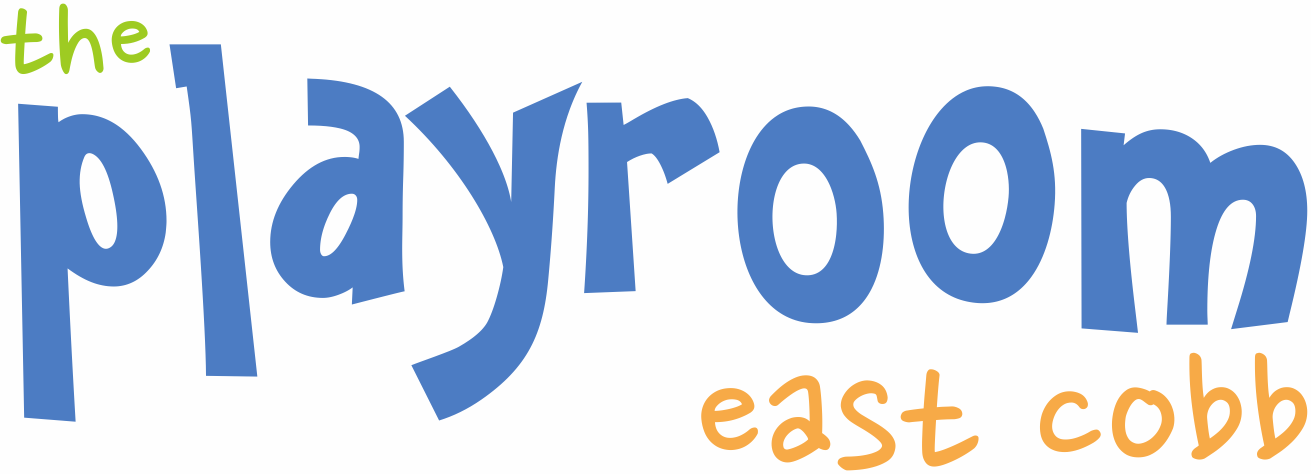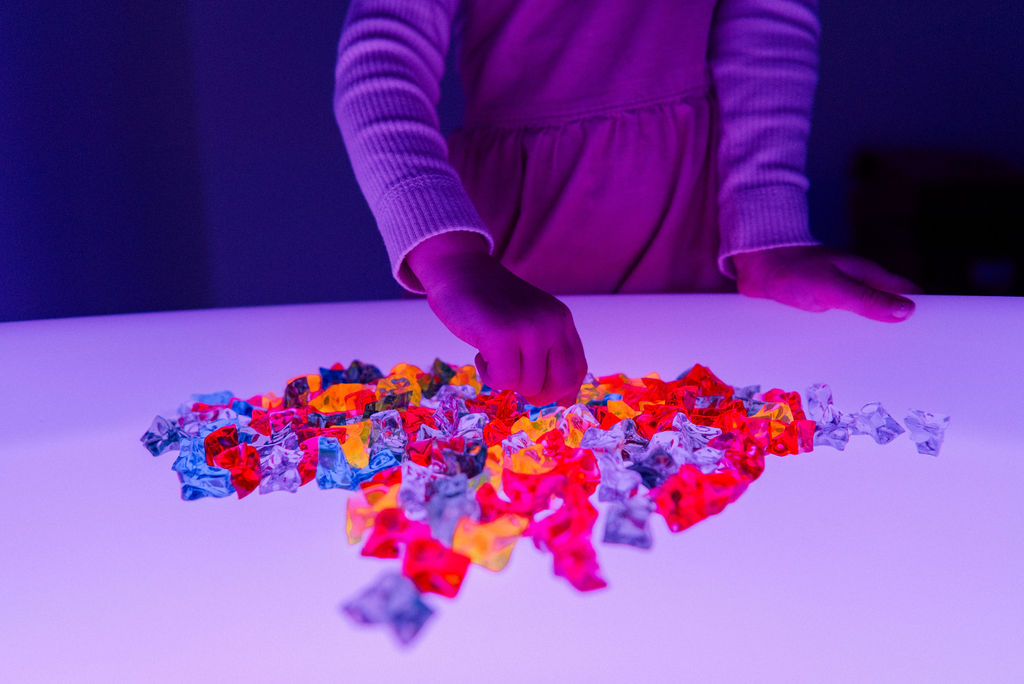
What Is a Sensory Gym? Exploring a Space Built for Play, Growth, and Learning
A sensory gym, like The Playroom East Cobb, is a specialized environment designed to support young children’s physical, cognitive, and emotional development through sensory-rich activities. From climbing structures and swings to obstacle courses and sensory tables, these gyms provide a safe, controlled environment where kids can explore, play, and develop essential skills. Sensory gyms offer more than just playtime; they foster growth by encouraging movement, building social skills, and enhancing cognitive development. For children with sensory processing disorders or developmental delays, a sensory gym can be especially beneficial, providing structured activities that target and stimulate different senses.
The Importance of the Early Years: Why Sensory Play Matters
A child’s first few years are among the most critical for brain development. They learn and grow at an extraordinary rate, with their sensory experiences playing a huge role in shaping neural pathways and their understanding of the world. Through sensory play, children explore textures, sounds, colors, and motions, which helps them process information, manage emotions, and build cognitive skills. Sensory gyms offer activities and setups that go beyond typical playground structures, enabling children to engage all their senses in a variety of ways.
Key Focus Areas in a Sensory Gym
Sensory Play
Sensory play is a cornerstone of any sensory gym. Activities like playing with sand, water, or textured surfaces engage the tactile system, while bright lights, mirrors, and sound features stimulate the visual and auditory senses. Sensory gyms incorporate these types of activities through unique equipment that allows children to explore different sensations safely. Sensory play helps children develop vocabulary, encourages imaginative play, and enhances sensory processing. And while sensory play is often associated with messiness, sensory gyms offer controlled environments where clean-up is easy—so kids can enjoy a little messy exploration without worry.
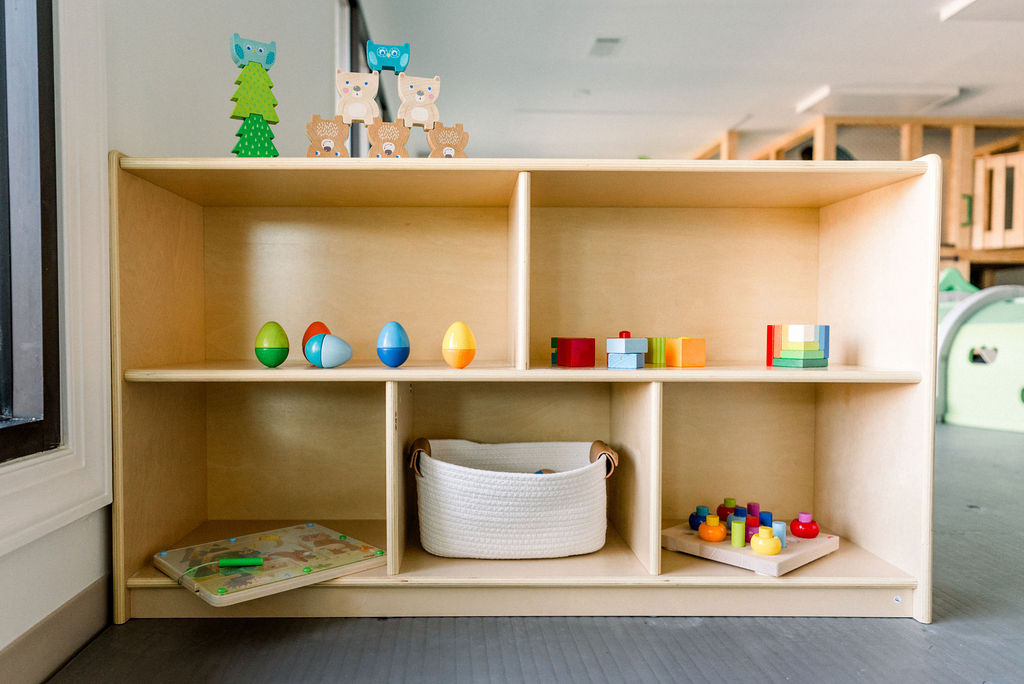
Fine Motor Activities
Fine motor skills are crucial for everyday tasks that involve the small muscles in our fingers, hands, and wrists. Sensory gyms often include fine motor stations that may feature activities like bead threading, stacking, or manipulating small objects. These exercises prepare children for essential skills such as gripping pencils, using scissors, and even dressing themselves as they get older. Strengthening fine motor skills early also contributes to good hand-eye coordination, benefiting a child’s future ability to perform more complex tasks.
Gross Motor Activities
Gross motor skills, which involve large muscle groups, are fundamental for activities such as walking, running, and jumping. In sensory gyms, children can develop these muscles through climbing walls, balance beams, slides, and tunnels. The controlled space of a sensory gym allows children to practice balance, coordination, and strength-building activities safely, even if they’re just beginning to walk. Additionally, research shows that incorporating physical activity helps children retain information better. As they engage their bodies in gross motor activities, they are also enhancing their cognitive abilities by associating movement with learning.
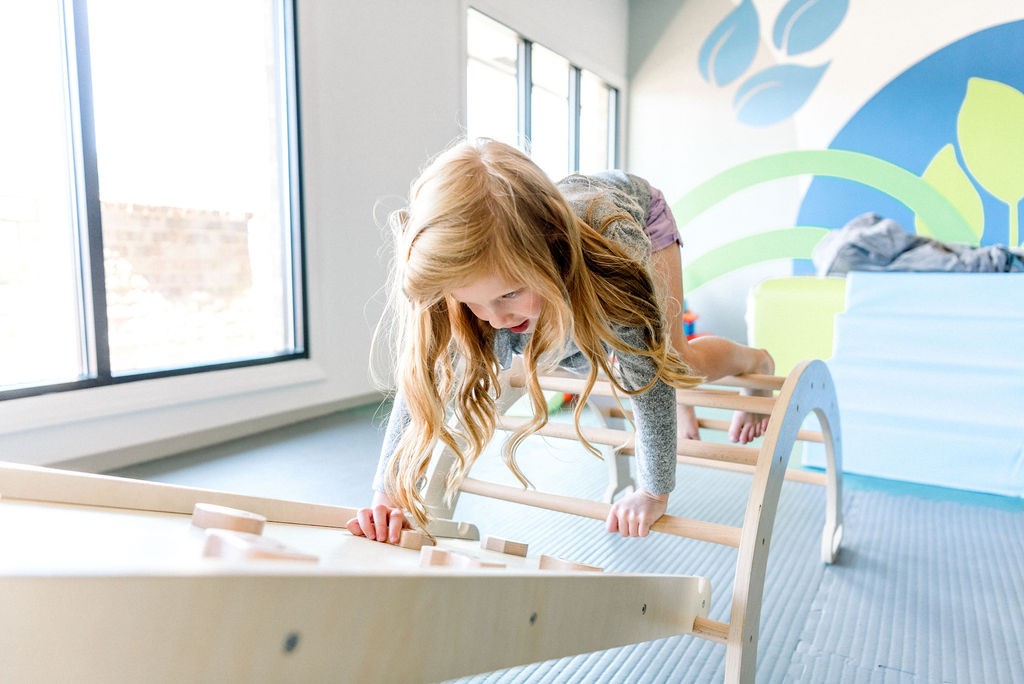
Arts and Crafts
Creativity is a powerful tool in a child’s developmental arsenal, and sensory gyms often incorporate arts and crafts as part of their programming. Art projects engage a child’s imagination, introduce them to new materials and textures, and often reinforce fine motor skills through cutting, gluing, and drawing. Beyond creative expression, arts and crafts allow children to experience the joy of creation and self-expression, building confidence while supporting cognitive and social development. This is also an excellent opportunity for kids to develop patience and follow directions—skills they’ll need in a classroom setting later on.
Who Benefits from a Sensory Gym?
Sensory gyms are valuable for all children, but they’re especially beneficial for those with sensory processing disorders, autism spectrum disorders, or developmental delays. For these children, navigating daily sensory input—such as loud sounds, bright lights, and varying textures—can be challenging. Sensory gyms offer structured, repeatable experiences that allow them to process these sensory inputs at their own pace. Therapists often use sensory gyms as part of occupational therapy, using play-based activities to support children’s sensory needs and encourage regulated, positive responses to sensory input.
Building Social Skills in a Sensory Gym
Another significant benefit of a sensory gym is the opportunity for social interaction. Children are naturally drawn to playing together, and sensory gyms are designed to facilitate interaction through cooperative games, group activities, and parallel play. Sharing equipment, taking turns, and problem-solving with others all help build a child’s social skills in a safe environment. These interactions are essential for developing communication, patience, and empathy, helping children feel more confident as they build relationships with their peers.
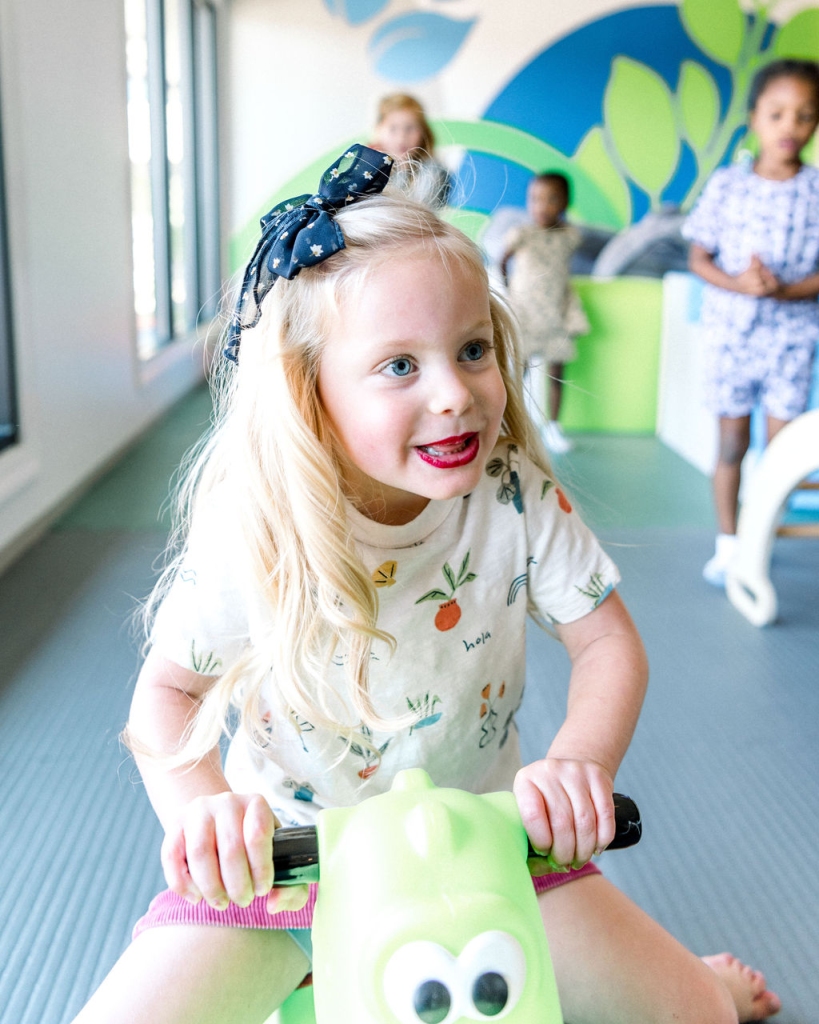
Why Parents and Caregivers Choose Sensory Gyms
For parents, sensory gyms offer a unique, supportive space where their child’s development is at the forefront. These gyms provide an environment where children can engage in enriching activities without the added pressure of comparison to peers. Parents can watch their child progress in a supportive, inclusive atmosphere and often gain insights from trained staff who understand the benefits of sensory-based learning.
Sensory gyms can also be a helpful tool for caregivers looking for a space where children can release energy constructively. Through play-based learning, children develop resilience, problem-solving abilities, and self-confidence—all valuable skills that serve them as they grow.
Conclusion: The Value of Sensory Gyms for Childhood Development
A sensory gym is more than just a play space; it’s a multi-functional environment that supports children’s growth through carefully curated activities and sensory experiences. With a focus on fine and gross motor skills, creativity, and sensory processing, these gyms provide children with essential skills that will serve them throughout their lives. They’re inclusive, adaptive, and engaging—offering a space where every child can thrive and develop at their own pace.
Sensory gyms embody the idea that play is a powerful tool for learning, helping children build physical strength, cognitive flexibility, and social confidence. Whether your child is seeking new adventures in gross motor play or building fine motor skills through art and crafts, a sensory gym provides a rich and engaging space to support their journey of discovery and growth.
